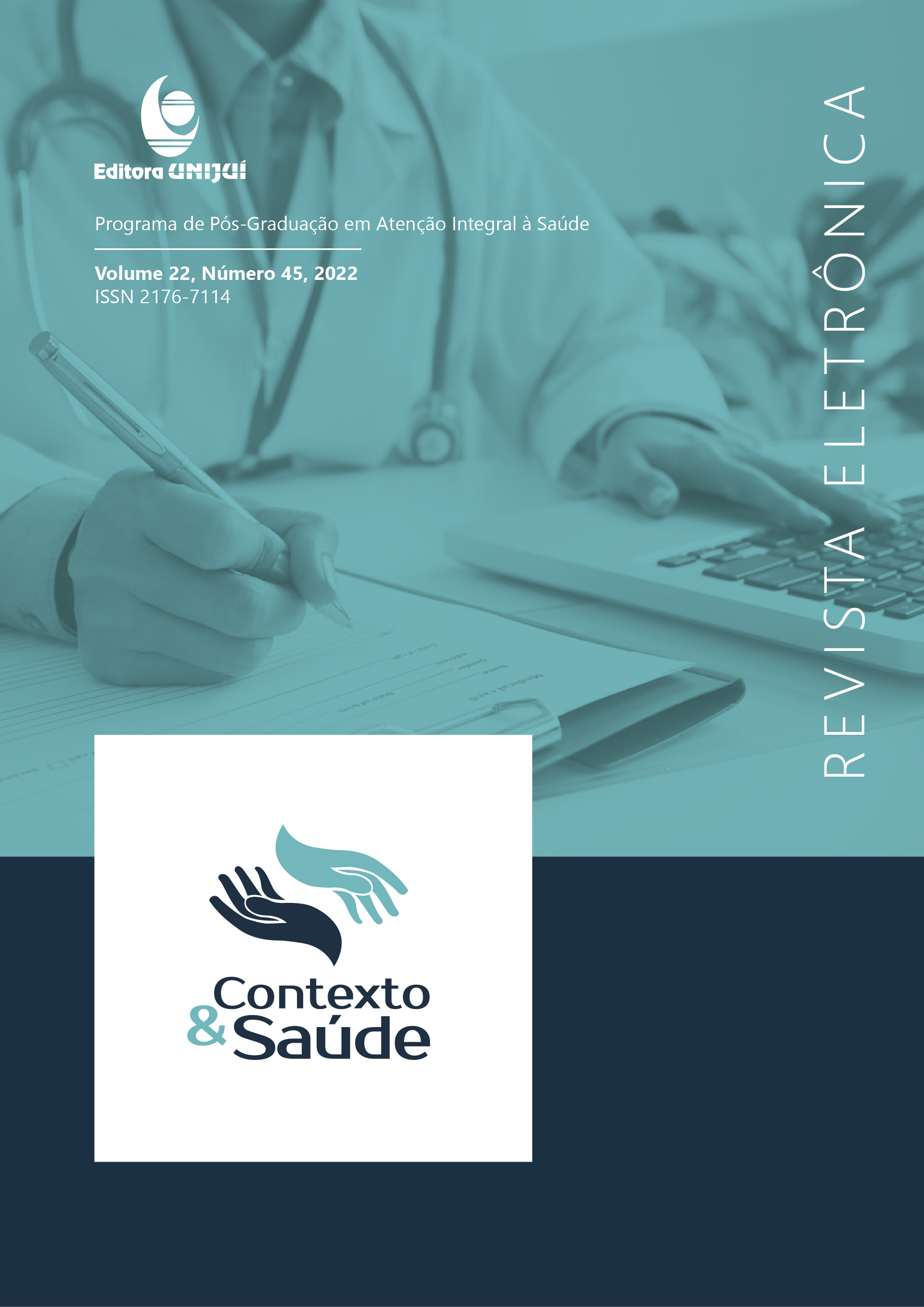Dual task paradigm in the context of falling older adult: an integrative review
DOI:
https://doi.org/10.21527/2176-7114.2022.45.11160Keywords:
Aging, Gait, Postural balance, Accidental fallAbstract
With aging, cognitive performance, gait and balance are affected. Therefore, older adults find it difficult to perform two or more tasks simultaneously, in everyday life situations. Objective: To summarize studies that investigated the relationship between gait, balance and falls in the elderly using the dual task paradigm. Methodology: Integrative literature review that included studies published between 2008 and 2021, carried out in the electronic databases PubMed, CINAHL and Web of Science with the MeeSH
descriptors: gait OR walk OR balance OR posture OR age (60 years or older) OR accidental falls OR falls OR dual-task OR dual-task OR dual-task OR cognitive-task paradigm. Results: 1280 studies were found and 34 selected. It was found that the dual-task paradigm
is a useful strategy for the prior identification of older adult fallers, in addition to the fact that dual-task exercises can benefit gait and balance performance, reducing the risk of falls. Conclusion: Dual-task paradigms are effective measures to identify gait and
balance disorders. In the context of older adult fall, the use of this methodology has advantages over single-task exercises. Future studies should seek homogeneity between the assessment measures, and seek a better detailing of the exercises used.
Downloads
Published
How to Cite
Issue
Section
License

This work is licensed under a Creative Commons Attribution 4.0 International License.
By publishing in Revista Contexto & Saúde, authors agree to the following terms:
The works are licensed under the Creative Commons Atribuição 4.0 Internacional (CC BY 4.0) license, which allows:
Share — to copy and redistribute the material in any medium or format;
Adapt — to remix, transform, and build upon the material for any purpose, including commercial.
These permissions are irrevocable, provided that the following terms are respected:
Attribution — authors must be properly credited, with a link to the license and indication of any changes made.
No additional restrictions — no legal or technological measures may be applied that restrict the use permitted by the license.
Notes:
The license does not apply to elements in the public domain or covered by legal exceptions.
The license does not grant all rights necessary for specific uses (e.g., image rights, privacy, or moral rights).
The journal is not responsible for opinions expressed in the articles, which are the sole responsibility of the authors. The Editor, with the support of the Editorial Board, reserves the right to suggest or request modifications when necessary.
Only original scientific articles presenting research results of interest that have not been published or simultaneously submitted to another journal with the same objective will be accepted.
Mentions of trademarks or specific products are intended solely for identification purposes, without any promotional association by the authors or the journal.
License Agreement (for articles published from September 2025): Authors retain copyright over their article and grant Revista Contexto & Saúde the right of first publication.

